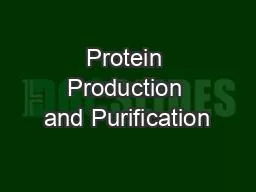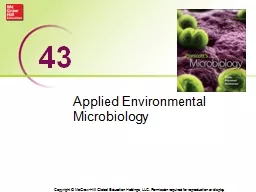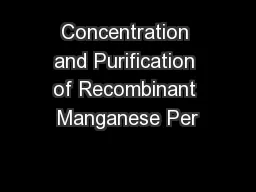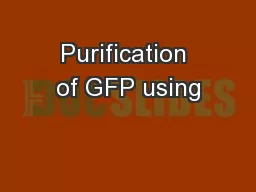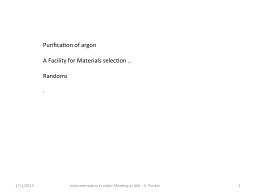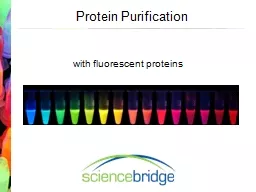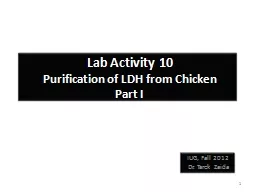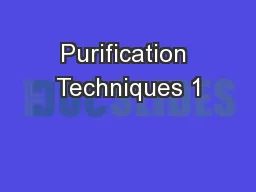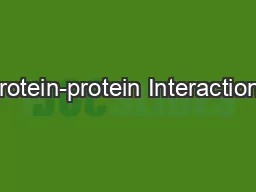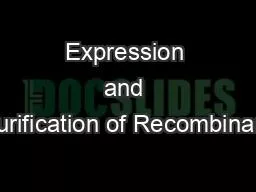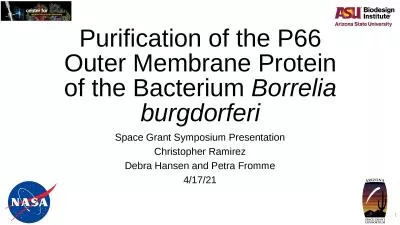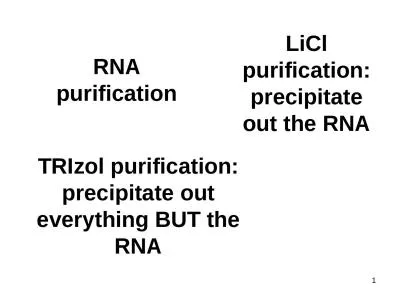PPT-Protein Production and Purification
Author : pressio | Published Date : 2020-10-22
Why the medium composition counts The E coli System Variables in Protein Production Gene Vector Host Production Codon Usage mRNA Structure GC Content Regulatory
Presentation Embed Code
Download Presentation
Download Presentation The PPT/PDF document "Protein Production and Purification" is the property of its rightful owner. Permission is granted to download and print the materials on this website for personal, non-commercial use only, and to display it on your personal computer provided you do not modify the materials and that you retain all copyright notices contained in the materials. By downloading content from our website, you accept the terms of this agreement.
Protein Production and Purification: Transcript
Download Rules Of Document
"Protein Production and Purification"The content belongs to its owner. You may download and print it for personal use, without modification, and keep all copyright notices. By downloading, you agree to these terms.
Related Documents

